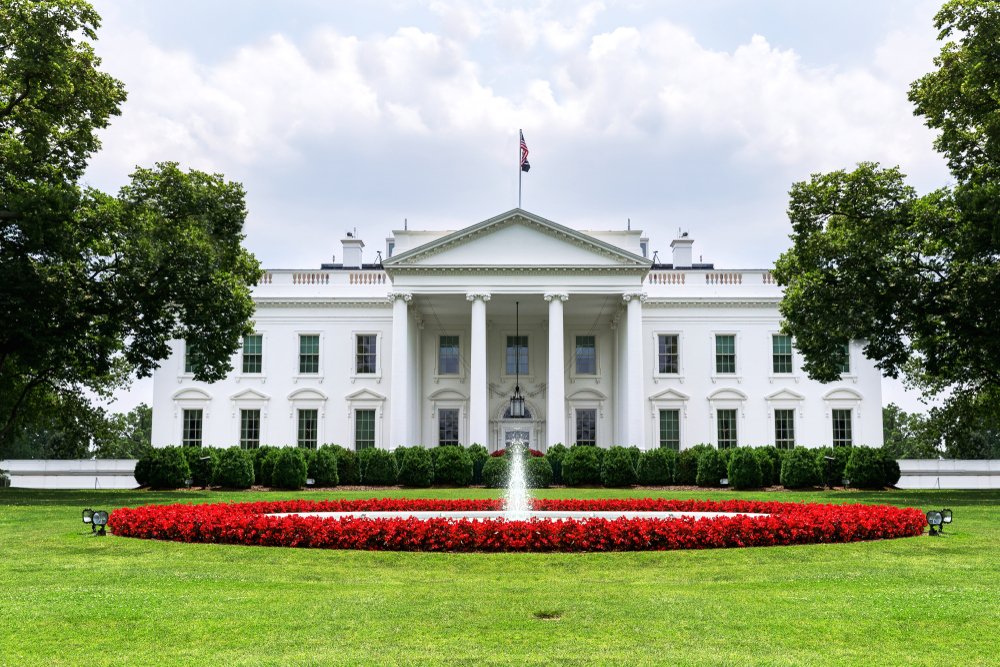Last week, after Congress failed to agree on the next round of legislative aid to combat the continuing fallout of the coronavirus, the Trump administration took executive action. During his press conference, he noted these adjustments, “will provide immediate and vital relief to Americans struggling in this difficult time.”
His orders included a payroll tax deferment, revised unemployment benefits, student loan relief, and an eviction moratorium. So what does each executive order mean?
1.) Payroll Tax Changes: The Trump administration deferred payroll taxes for those earning an annual income less than $100,000, retroactively starting August 1 and ending at the end of the year. Simply put, a payroll deferral means individuals who currently hold jobs and earn less than the income ceiling will see a slight bump in their paycheck if businesses decide to take advantage of the benefit. The extra cash will help Americans weather the coronavirus pandemic and encourage consumer spending.
However, a word of caution: Although the Trump administration is hoping Congress will act and forgive the tax liability altogether, workers and businesses could owe back-taxes in the future. As it stands, the executive action acts more as a non-interest loan, rather than a gift.
2.) Unemployment Benefits: While a payroll tax cut helps those who are currently working, President Trump still wants to ensure those who are unemployed continue to receive additional benefits each week. Originally, the COVID-19 stimulus package granted $600 in additional federal jobless benefits, but there was a problem. Some people were collecting too much money (sometimes more than they made at work), which incentivized staying at home, rather than returning to work. Therefore, this time around, federal unemployment benefits will be $400 per week—25 percent of which is to be covered by the state.
3.) Student Loan and Eviction Relief: The student loan relief and eviction moratorium presidential actions are extensions of the original CARES Act policies passed by Congress. Now, student loan relief will be extended to the end of the year. Additionally, by implementing a moratorium (or ban) on evictions and giving financial aid to renters, the White House is providing a break for low-income families who were hit hardest by the coronavirus.
Each of these executive orders is a step in the right direction for economic recovery. Getting Americans back to work and allowing businesses to operate fully again is vital for economic success. It’s time to return to its pre-pandemic activity and get the economy back on track.



